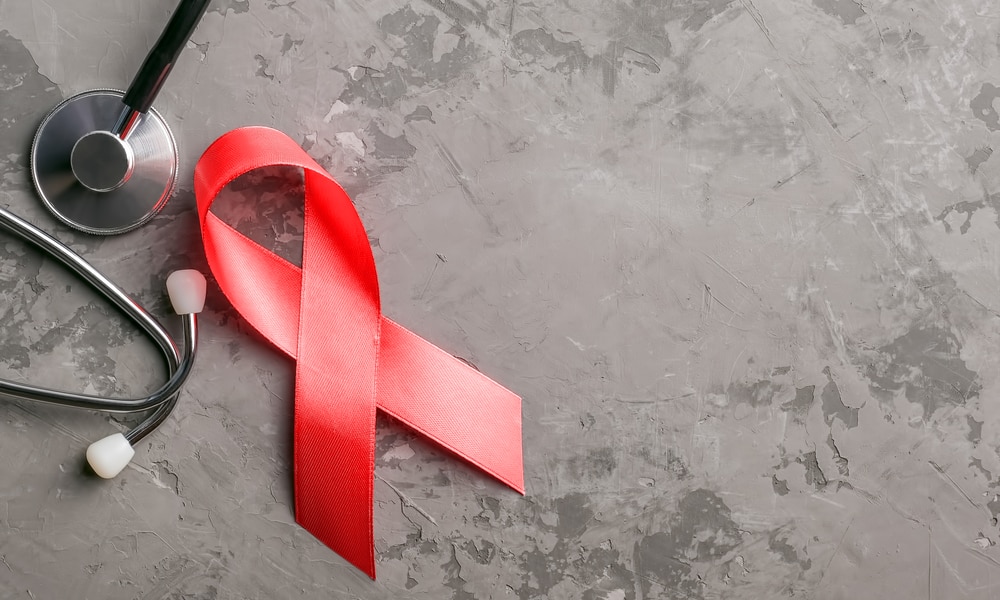World’s Aids Day (December 1st) has been made as an International Day to raise awareness about AIDs. To raise awareness, let us get informed and break down the myths!
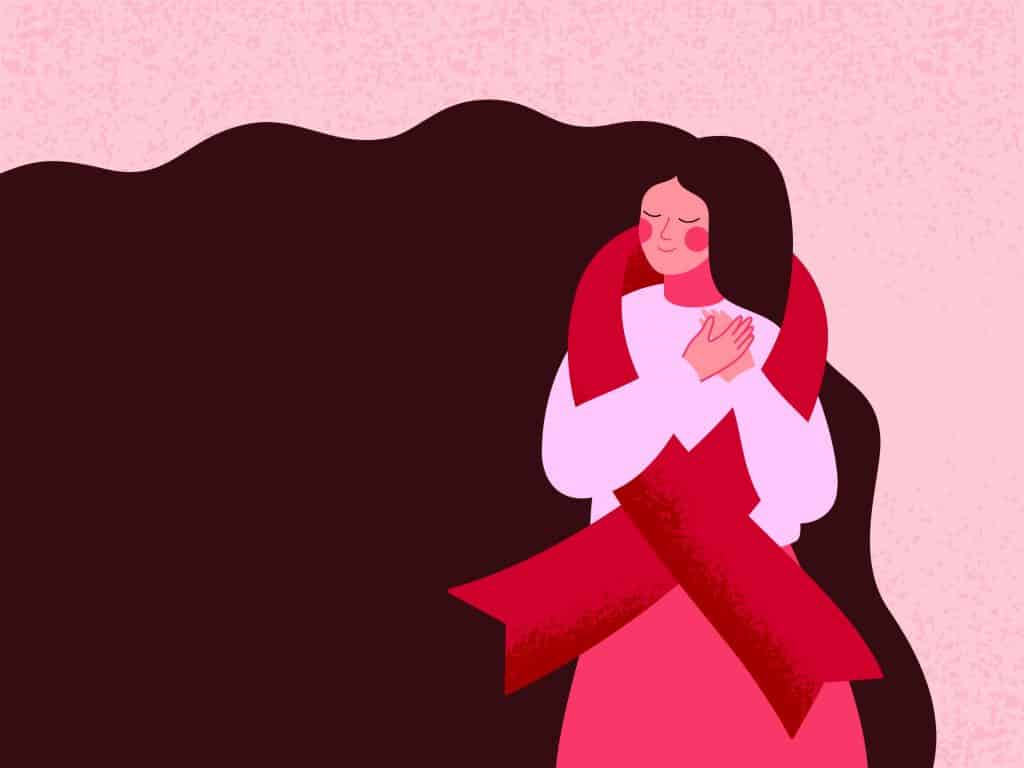
What is AIDs?
According to Mayo Clinic, “Acquired immunodeficiency syndrome (AIDs) is a chronic, potentially life-threatening condition caused by the human immunodeficiency virus (HIV). By damaging your immune system, HIV interferes with your body’s ability to fight infection and disease.”
The World Health Organization (WHO) has released the statistics for AIDs of 2019:
38,000,000 – estimated number of people living with HIV
1,700,000 – number of people that were newly infected with HIV
690,000 – number of people that died of HIV related causes
The origins of HIV/AIDs
HIV came from a type of chimpanzee in Central Africa. These chimpanzees had the HIV-like virus called simian immunodeficiency virus (SIV). The SIV later infected humans as hunters would either eat infected chimps, or the blood of infected chimps would infect the hunter’s wounds or cuts. It is believed that the first transmission of SIV to HIV came from the Democratic Republic of Congo in 1920. And later on, the spread started during the 60s across the Caribbean, and to the States during the 70s. Which later became a spread of the whole world.
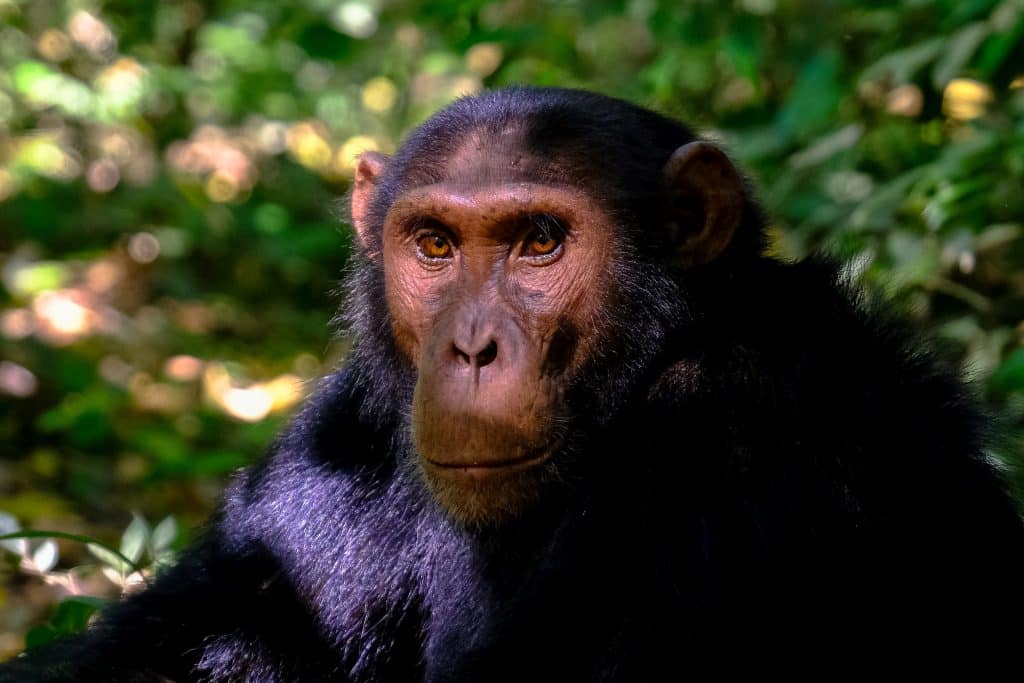
Symptoms and Effects of HIV/AIDs
According to the New York State Department of Health, symptoms like fever, sore throat, swollen glands or a skin rash would appear after being infected with HIV. These symptoms would still go away without being treated. However, the HIV stays in your blood, without treatment, it gets worse. The immune system becomes weak and overtime, it could develop into AIDs if left not treated.
So how does HIV attack the immune system? In the immune system, there are white blood cells which are CD4 cells. HIV gets inside these CD4 cells, makes copies of them and then kills the cell. So the virus in the body increases and CD4 cells decrease, making the body vulnerable.
Based on Mayo Clinic, the progression to AIDs means that the immune system is severely damaged. Therefore the body will be more likely to develop opportunistic infections or opportunistic cancers. Infections such as Pneumocystis pneumonia (PCP), Tuberculosis, Toxoplasmosis e.t.c And cancers such as Lymphoma and Kaposi’s sarcoma.

How is HIV transmitted and Myths/Misconceptions
Before writing this, I asked my friends what they knew about HIV/AIDs, and shockingly, they knew nothing at all.
HIV is a transmitted disease from one person-to-person through sex (as a Sexually Transmitted infection, STI) and when sharing injection drug needles; via bodily fluids: blood, semen, vaginal fluid, anal mucous and breastmilk.
So let’s explore the Myths
- Only adults get HIV
Everyone can be a victim of HIV, it is not limited to sexual partners or drug users. HIV can be transmitted from mother to babies during pregnancy, birth or breastfeeding.

- You can get HIV from kissing
HIV cannot be spread through saliva. As HIV is a STI, it is no surprise that this is a misconception. However, HIV from kissing is not impossible, but rather extremely rare. It only becomes possible if the blood of a HIV positive partner gets into the bloodstream to the other, as both have sores or bleeding gums.

- You can get HIV from oral sex
This is only possible if there are open sores on the genital area or bleeding gums/sores in a partner’s mouth. Though not impossible, it is extremely rare.
- Contraceptive pills, washing after sex and pulling out can prevent HIV
False. The only contraceptives that are successful at preventing transmitting HIV are proper use of condoms and the use of Pre-Exposure Prophylaxis (PrEP), a medicine PrEP is prescribed to HIV-negative adults and adolescents who are at high risk for getting HIV.
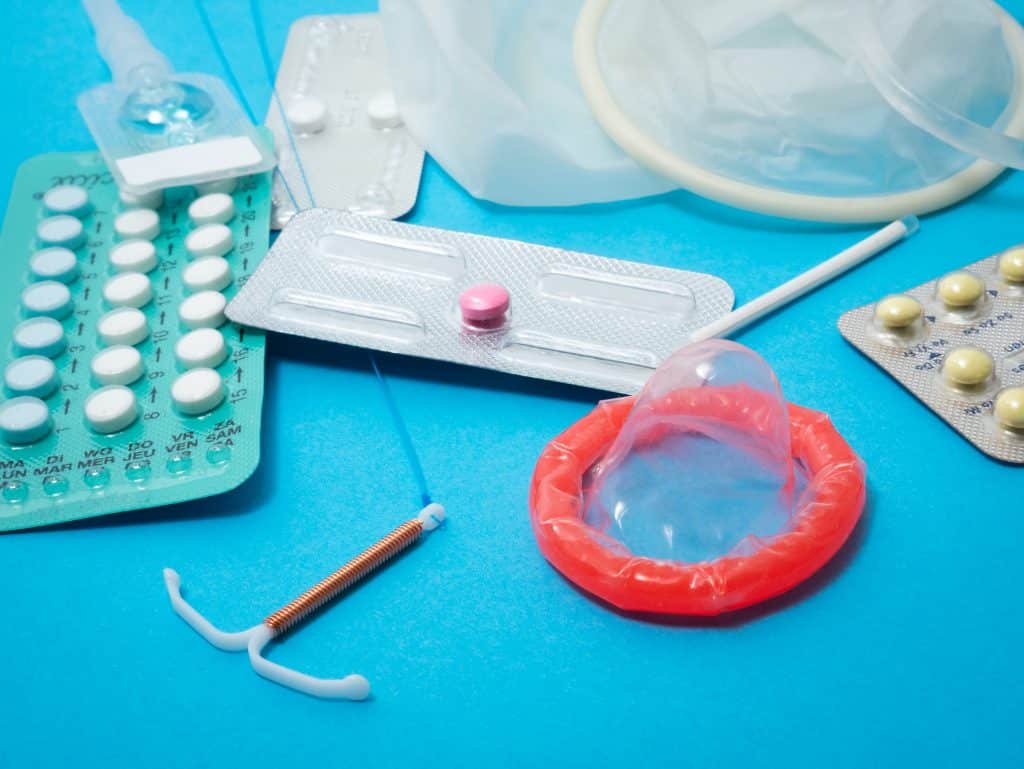
- You can get HIV from sharing food
As mentioned, you cannot get HIV through saliva. However, it is also not impossible and is extremely rare. Food will only be contaminated if a HIV positive persons’ blood mixes with the food when chewing. But don’t be fearful, HIV cannot survive exposure to the air or heat from cooking.
- You can get HIV from water
HIV cannot survive in water.

- You can get HIV from insect and pet bites
Theoretically, this could only be possible if an insect e.g. a mosquito bites a HIV positive person, then transmitting it to another person when biting the other person. But this is all myth, because HIV cannot infect insects or pets in the first place. The reason being that HIV cannot live with them due to difference in genetic build-up, hence the H in HIV stands for humans.
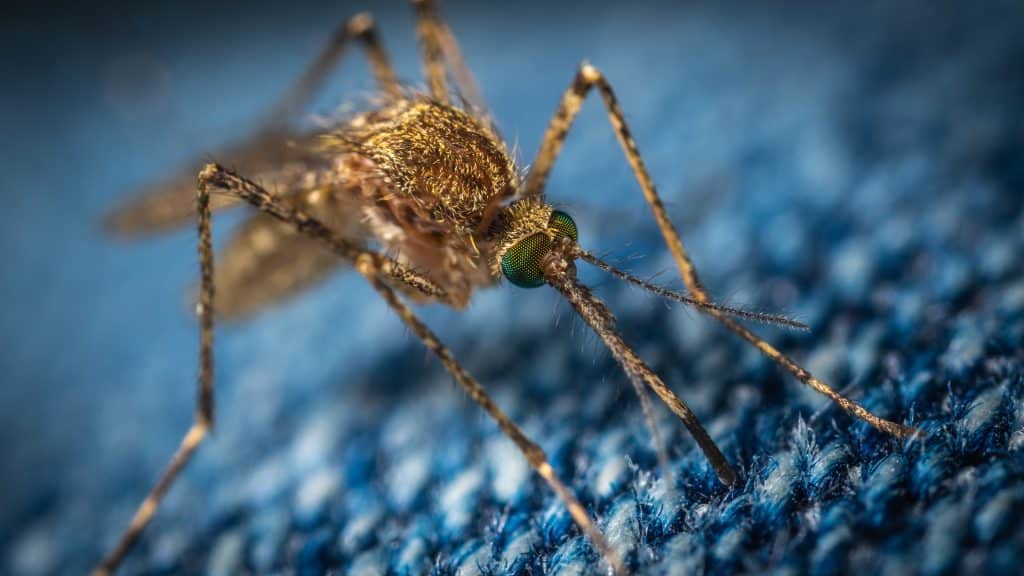
- If a couple are both HIV positive, they don’t need protection
This myth is extremely dangerous as it is false and promoting unsafe sex. HIV is a virus of many strains, therefore, different people can have different strains of HIV. Unsafe sex between HIV positive couples means that the partner(s) can contract a strain they didn’t have, worsening their health.
- You can get HIV from Tattoos and piercings
This is only possible if the needle being used is contaminated with infected blood. As regulations require professionals to sterilize needles before use, the cases are rare. However, you must be aware.
Click this to read our article about Tattoos and their poor regulations
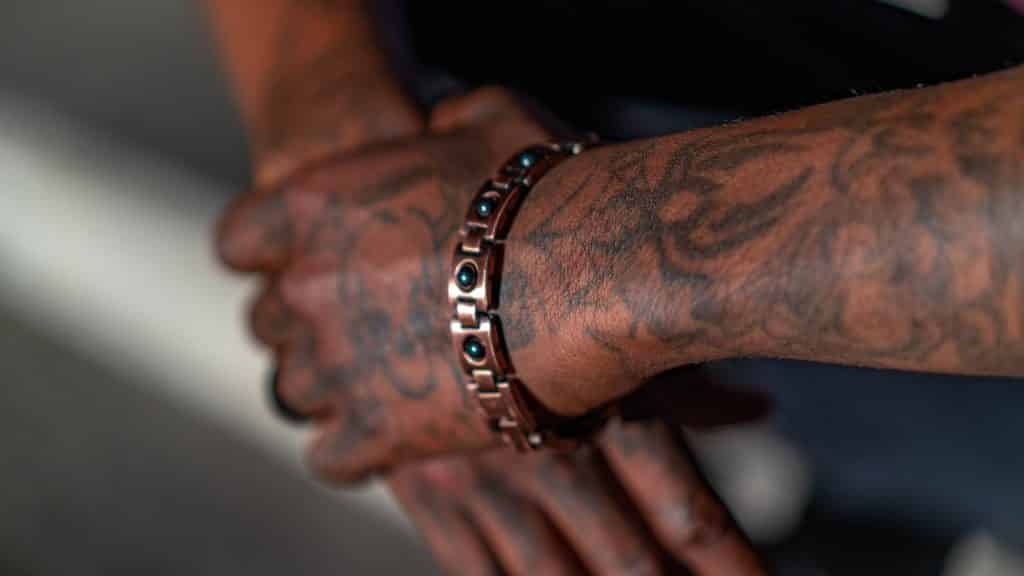
HIV/AIDs Stigma
When HIV became recognized publicly during the 80s, the topic of HIV was very controversial. This is because HIV is transmitted through sex which is taboo in some countries. According to UNAIDS, The Joint United Nations Program on HIV/AIDS, 50% of people report having discriminatory attitudes towards people living with HIV. 2 additional myths that can be very stigmatizing are :
- Only gay men get HIV
As mentioned, everyone can be a victim. This misconception comes from the fact that anal sex has a higher risk of transmitting HIV than vaginal sex. This myth has effected many gay men. In the beginning, HIV had a nickname called the “gay plague”. There are also surveys by Lambda Legal that shows LGBT individuals getting denied of HIV/AIDs treatment or be discriminatorily treated, also over 32% of LGBT individuals were also told that they were to be blamed for their health status
- You can get HIV from touching a HIV positive person
Since HIV can only be transmitted through specific bodily fluids, this is false. Paige Rawl, who contracted HIV since birth was interviewed by Vox and shared her experience.
“The coach made a joke to my mom that the team could use my HIV status to our advantage, because the players on the other team would be scared to touch me, and I could score goals.”
Avert, an international HIV and AIDS charity pointed out why it is important to debunk myths. They explained that incorrect HIV information stops people getting tested.
“My daughter refused to go hospital to receive medicines. My daughter died because of the fear of stigmatization and discrimination”
World AIDs day 2020 – How COVID-19 affected HIV patients
WHO has participated in this International Day by rallying for ‘global solidarity’. They explained that the COVID-19 pandemic has disrupted the services for HIV, especially in countries that have weak health care, hence they suspected that HIV/AIDs related deaths are rising. Global solidarity would “to maintain essential HIV services during COVID 19 and beyond – and to ensure continued provision of HIV services for children, adolescents and populations most at risk for the disease”. If this is successful, WHO could potentially reach their 2030 goal – to end the AIDs epidemic.
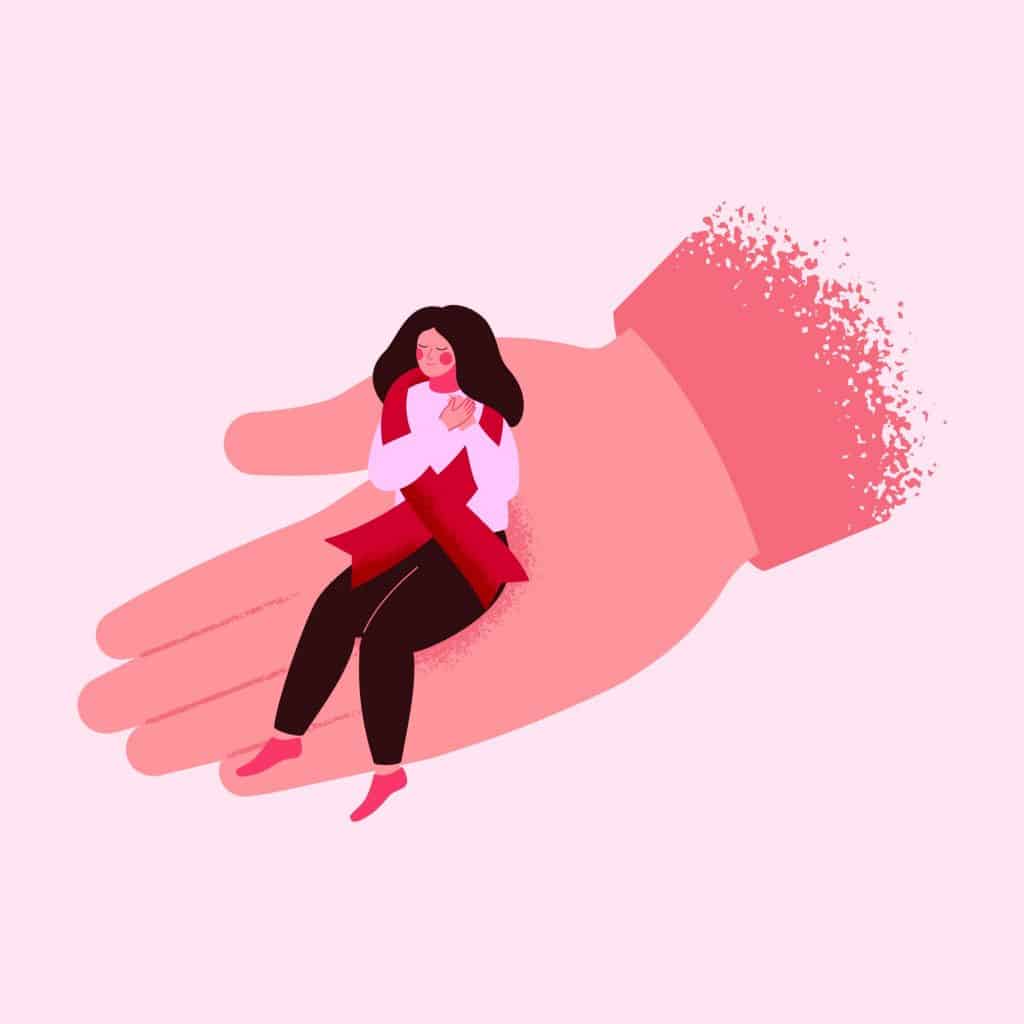
References:
“HIV/AIDS – Symptoms and causes – Mayo Clinic.” 13 Feb. 2020, https://www.mayoclinic.org/diseases-conditions/hiv-aids/symptoms-causes/syc-20373524. Accessed 1 Dec. 2020.
“World AIDS Day 2020 – World Health Organization.” https://www.who.int/campaigns/world-aids-day/2020. Accessed 1 Dec. 2020.
“About HIV/AIDS | HIV Basics | HIV/AIDS | CDC.” https://www.cdc.gov/hiv/basics/whatishiv.html. Accessed 1 Dec. 2020.
“History of AIDS – HISTORY.” 13 Jul. 2017, https://www.history.com/topics/1980s/history-of-aids. Accessed 1 Dec. 2020.
“How Is HIV Transmitted? | HIV.gov.” 24 Jun. 2019, https://www.hiv.gov/hiv-basics/overview/about-hiv-and-aids/how-is-hiv-transmitted. Accessed 1 Dec. 2020.
“Myths about HIV and AIDS | Avert.” 14 Apr. 2020, https://www.avert.org/hiv-transmission-prevention/myths. Accessed 1 Dec. 2020.
“Myths about HIV and AIDS: Transmission and misconceptions.” 24 Sept. 2020, https://www.medicalnewstoday.com/articles/323832. Accessed 2 Dec. 2020.
“Why are gay and bi guys more prone to getting HIV?.” https://www.nzaf.org.nz/media/1757/150327_why_are_gay_and_bi_guys_more_prone_to_hiv.pdf. Accessed 2 Dec. 2020.
“Facts about HIV Stigma | HIV Basics | HIV/AIDS | CDC.” https://www.cdc.gov/hiv/basics/hiv-stigma/index.html. Accessed 2 Dec. 2020.
“HIV Stigma and Discrimination | Avert.” 10 Oct. 2019, https://www.avert.org/professionals/hiv-social-issues/stigma-discrimination. Accessed 2 Dec. 2020.
“When Health Care Isn’t Caring – Lambda Legal.” https://www.lambdalegal.org/sites/default/files/publications/downloads/whcic-report_when-health-care-isnt-caring.pdf. Accessed 2 Dec. 2020.
“People living with HIV still face enormous stigma and hate – Vox.” 1 Dec. 2015, https://www.vox.com/2014/8/10/5956765/this-is-what-its-like-to-have-hiv-in-2014. Accessed 2 Dec. 2020.

